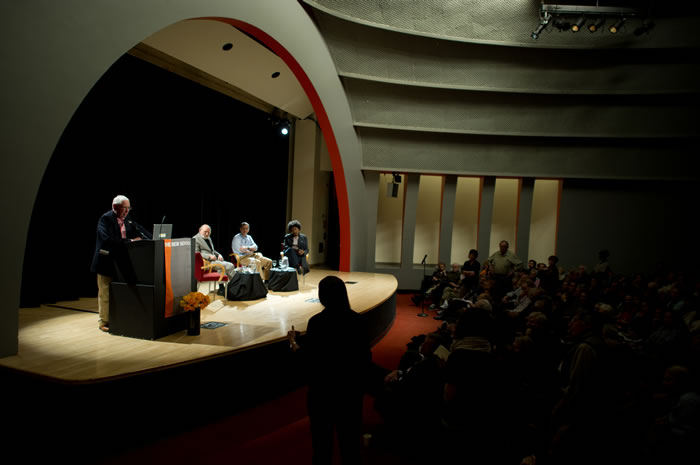Acoustic design in architecture comes down to five things. Projection of sound tot he rear, clarity and articulation, balance of low and high frequencies, dispersion of sound, and the absence of echoes. These are measured by reverberation time and reverberation frequencies. The way you design for these elements within a space are to keep in mind that large reflective surfaces are not wanted within an acoustic setting as well as keeping in mind that there is little delay between first reflection of sound and the direct connection with the sound. Possibly my favorite piece of architecture pertaining to acoustic design is the new school auditorium. My high school geometry teacher showed us this building and he explained how geometry and the placement of surfaces about a point can enhance or deafen sound and its reflection. Also the material of the surface has to be taken into account to absorb sound. All in all if you tessellate the surfaces of an auditorium, apply absorbent materials and ensure that the geometry of the form doesn't allow for distant reflection of sound then you're good.









No comments:
Post a Comment